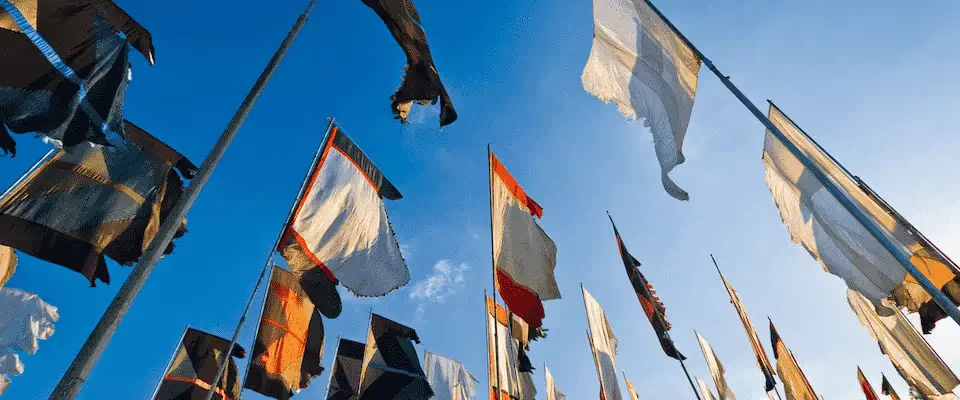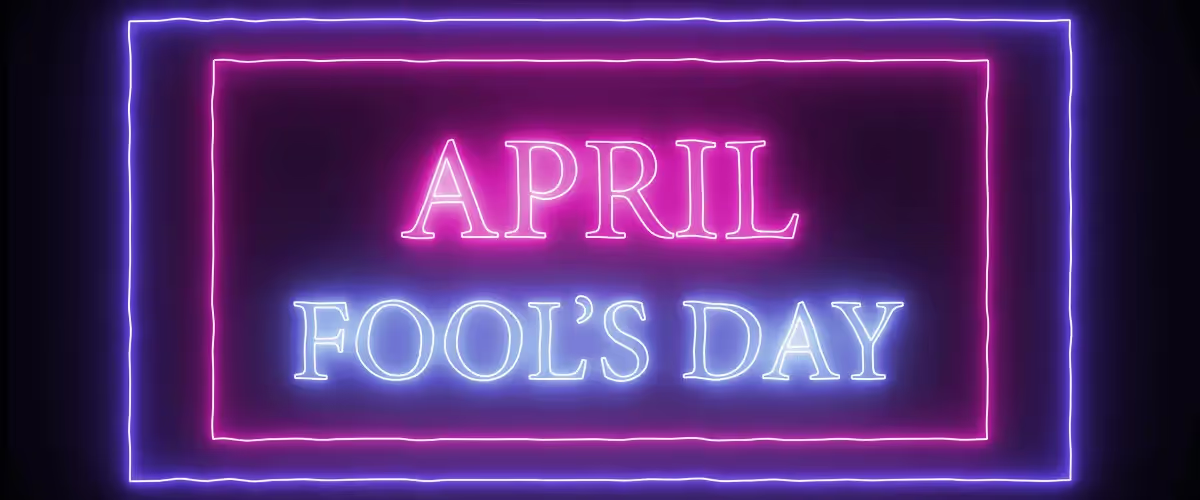What We Can Learn From Glastonbury’s Marketing Strategy
Written by
Hannah
,
Copy Manager
June 25, 2024

Hailed as one of the world’s biggest music festivals, Glastonbury attracts over 200,000 people every year. With 62 stages and more than 3,000 artists and performers, many have claimed that the Worthy Farm festival is the best on earth.
Since its official debut in 1970, it’s built an undeniable legacy. Not only does Glastonbury contribute over £100 million in revenue to the UK’s economy, but the BBC broadcasting of the event is watched by 34 million people on iPlayer alone (which is a whole lot of people with FOMO).
With a minimal marketing strategy, Glastonbury has still managed to skyrocket to fame. We’ve examined some of the factors that have contributed to its journey and how it continues to be a global phenomenon.
Humble Beginnings
It’s hard to imagine that a festival that now charges upwards of £300 for a ticket originally cost just £1 (which included camping and free milk!) - we wouldn’t turn our noses up at that.
After the first Glastonbury took place, the news travelled through word of mouth without the need to spend money on advertising. Once word travelled, news platforms such as Channel 4 caught wind and interviewed the Eavis family, increasing the brand awareness of the festival and its popularity.
Got FOMO?
FOMO is always one of the main drivers in marketing. In 1994, the festival began broadcasting on Channel 4, which led to massive increases in ticket prices.
Three years later, once the BBC took over the broadcasting, viewership and ticket prices increased once again. By 1999, ticket prices increased to £83, and the festival capacity doubled to 100,500.
The ongoing FOMO is palpable. Each year, millions of people register for the chance to get tickets. Being held up in a ticket queue has become a right of passage, and whether you’re successful or not, many take to social media to post about their ongoing triumphs or failures to get tickets. Memes circulate, line-up rumours and predictions begin, and pictures of the Glastonbury ticket queue are posted across stories and timelines, essentially creating free marketing for the festival.
Glasto Goes Green
Glastonbury has, time and time again, pledged to contribute as positively to the environment as possible and is considered one of the world’s greenest festivals. While this seems quite far-fetched considering the size, they have actually shown to have a positive impact on the environment.
It’s hard to believe that an event that creates over 2000 tonnes of rubbish each year has a positive carbon footprint, but it, in fact, does. Glastonbury’s carbon footprint is -596.25 tonnes of CO2e, but when put into perspective, if the 200,000 attendees didn’t attend, they would produce 17,260 tonnes of CO2e in just five days.
Within their marketing, Glastonbury consistently emphasises their aim to stay and be seen as green and actively uses the slogan, ‘Love The Farm, Leave No Trace’.
To abide by their motto, the festival is famously only held every four out of five years to allow the land, which is still a working dairy farm, to recover from any wear and tear and visitors are told to abide by certain rules and regulations, such as leaving no tents or litter behind.
In addition, they prioritise the use of local suppliers, source materials from renewable sources, and avoid waste where possible through reuse and recycling.
Experimental Marketing
In the era of Apple Music and Spotify, it’s unusual to see consumers being more willing than ever to spend so much money on live music. But Glastonbury still manages to get visitors flocking to the festival site each year. An example of this is starting rumours and finding new ways to make announcements.
In 2019, two posters appeared in an Oxford charity shop, causing a stir. People took to social media to discuss whether the rumours were true or not, and it made for a really interesting marketing campaign.
Another example is their announcement of headliners. Although Glastonbury didn’t eventually go ahead in 2020 due to the pandemic, before the cancellation, Paul McCartney announced his headline status in a cryptic Tweet. Before the official line-up had been released, he posted pictures of Philip Glass, actor Emma Stone and musician Chuck Berry to create a dingbat.
The 00s and Sponsorships
While Glasto stays true to its roots in many senses, one thing that they’re determined not to do is gatekeep what kind of music is welcome. In 2008, Jay Z was announced as headliner, becoming the first major hip hop artist to headline the festival. Previously known for its rock roots, this was a huge step for Glastonbury, which has since welcomed a vast array of genres.
Not only did the 00s see a huge shift in cultural direction, but Glastonbury also decided to step away from brand sponsorship. It’s a strange anomaly in the ever-increasing corporate world of music, but it’s all part of the festival choosing music over millions. Plus, by resisting the temptation of capitalism, they’re furthering their brand’s identity of being a freer, music-first festival.
Staying True to Values
Finally, despite Glastonbury becoming a huge event, the festival has stayed true to its original values. The Left Field has remained a stage for political debate and hosts activists for talks and performances. Additionally, The Green Field openly talks about environmental issues. In 2019, David Attenborough took to the Pyramid Stage to call for climate action, and the festival continues to donate to Greenpeace, Oxfam, WaterAid and other charities!
Glastonbury has become one of the world’s most famous, popular and well-loved festivals, and for good reason. Its legacy and impact speaks for itself, and the Eavis family have built a brand that works so well that promotion comes from their actions and the actions of the festival’s fanbase. Establishing an identity so legendary takes a lot of work, but the payoff is always worth it. If you’re interested in seeing how your brand can be amplified, or how we can help with your own marketing strategy, why not get in touch?
Featured Image: Anthony Brown
Header Image: ColobusYeti
Get In Touch
Swipe to Read
.avif)


.avif)
.avif)
.png)
.png)
















.svg)